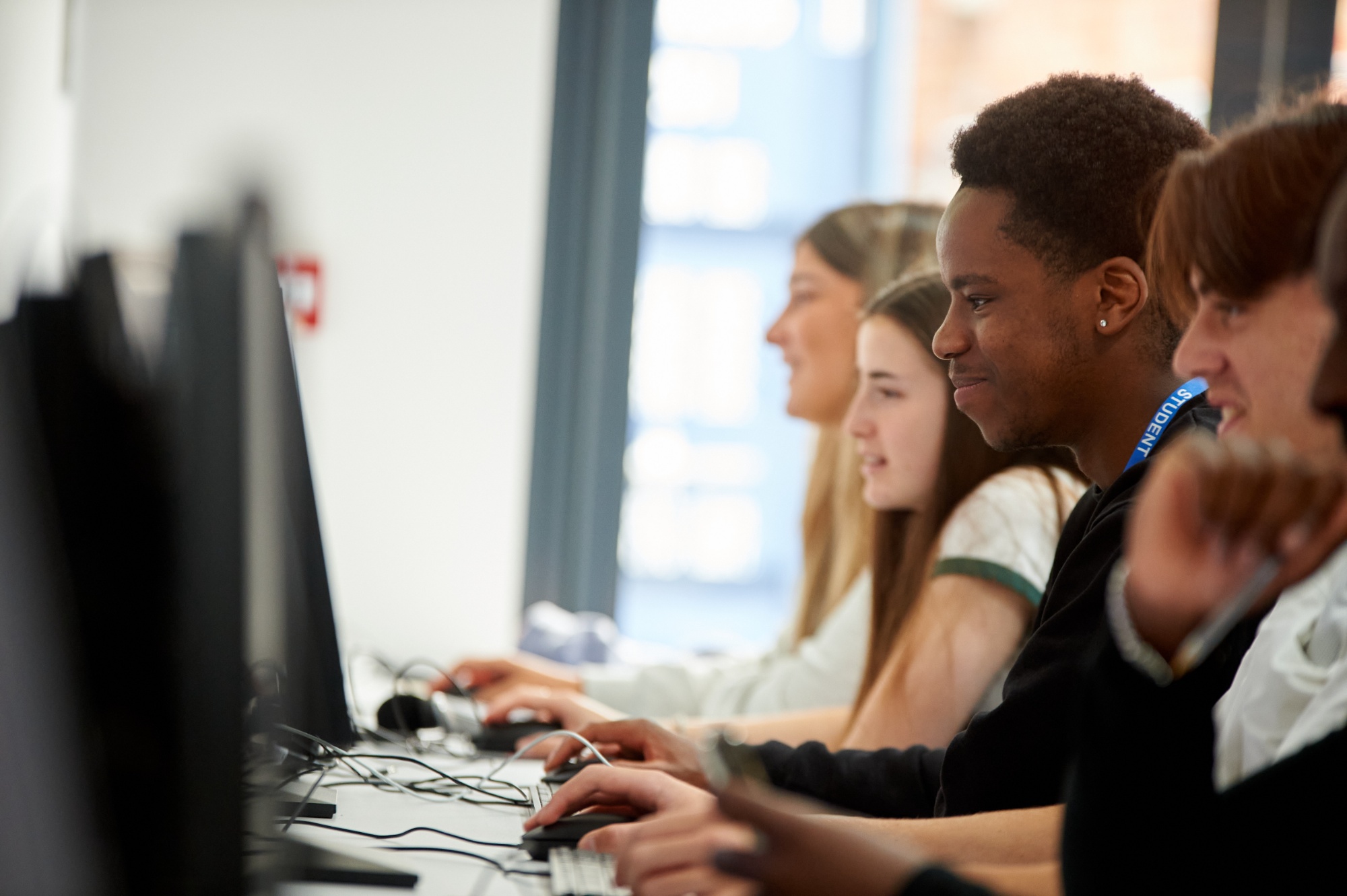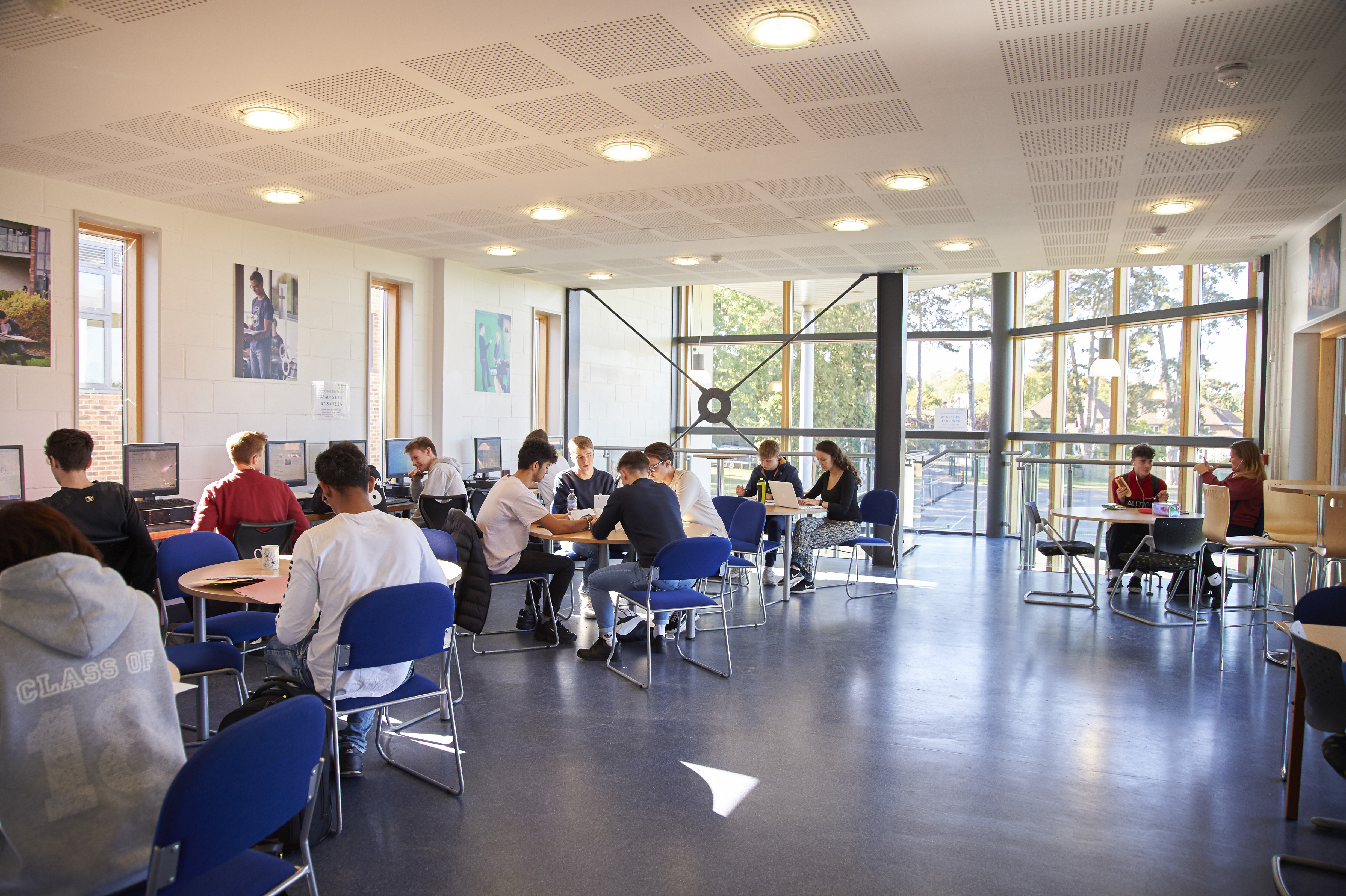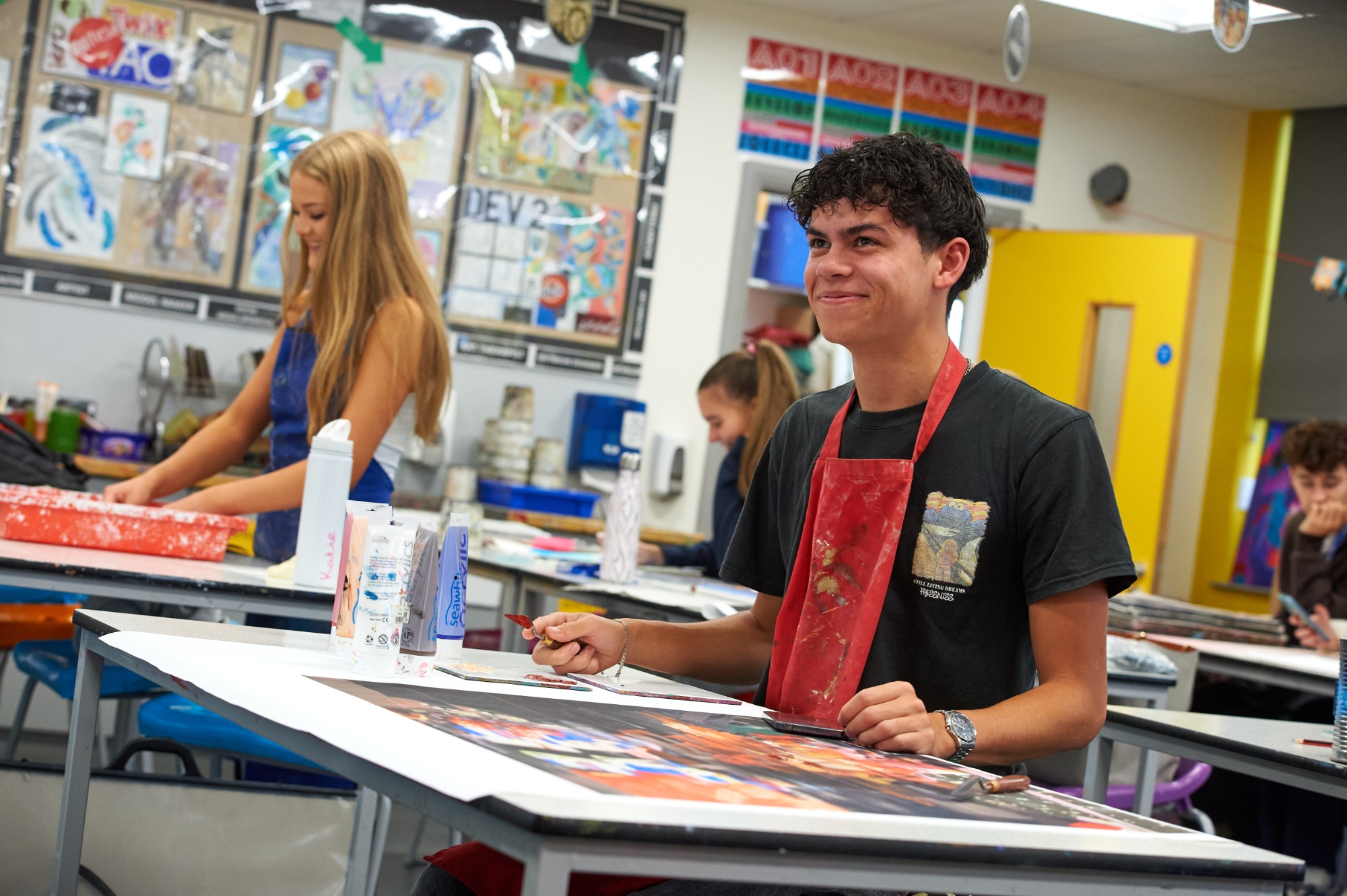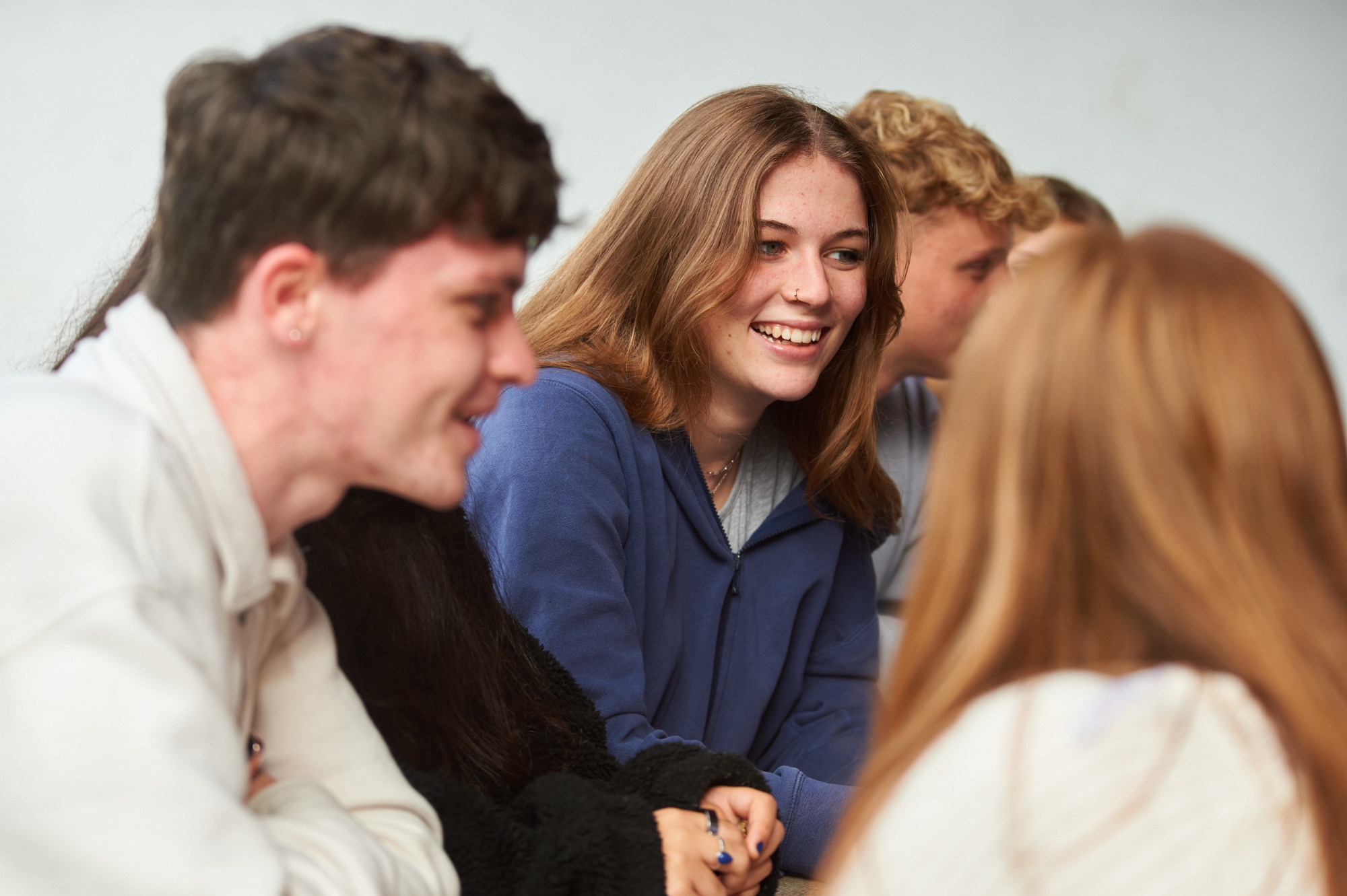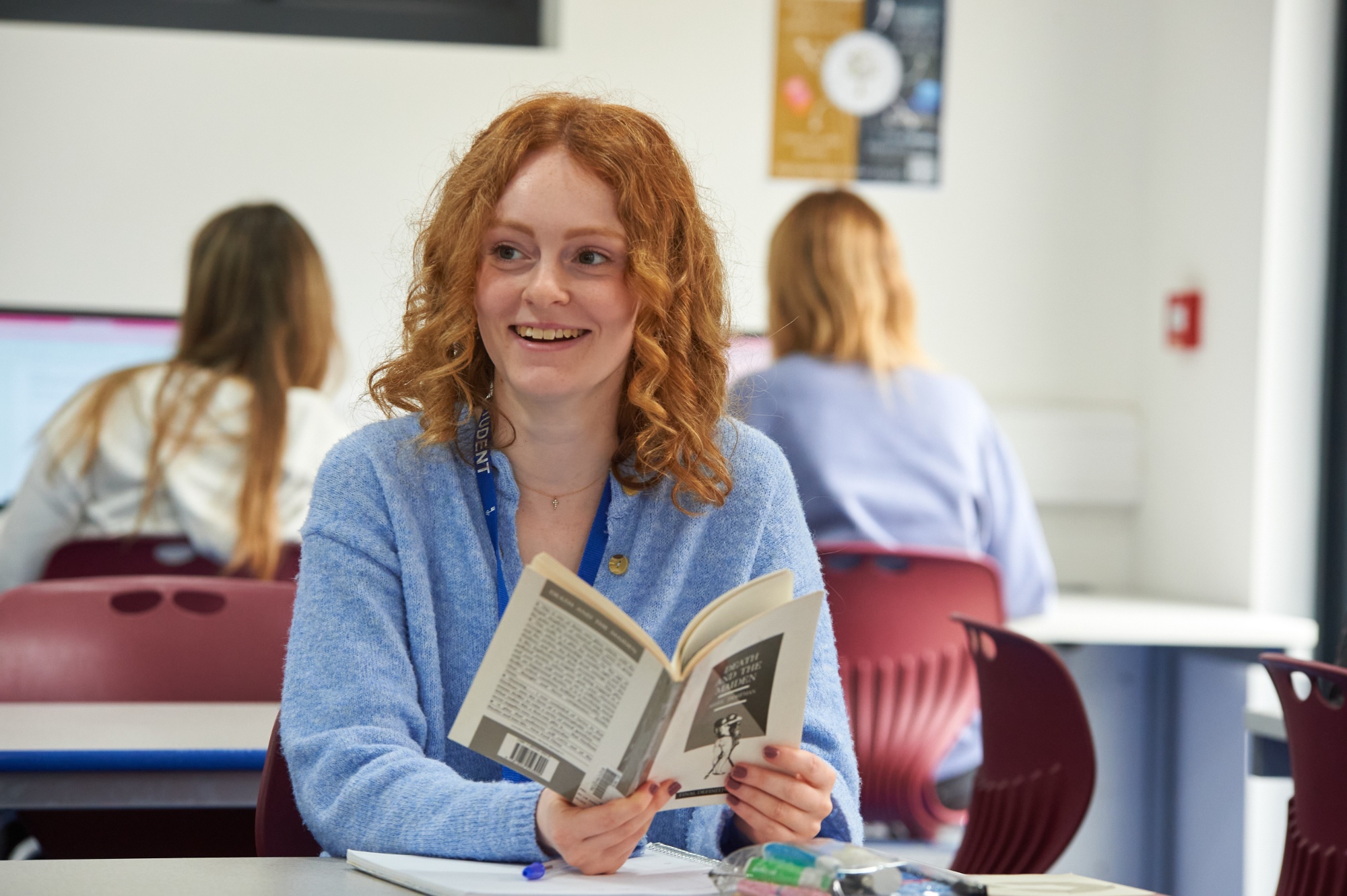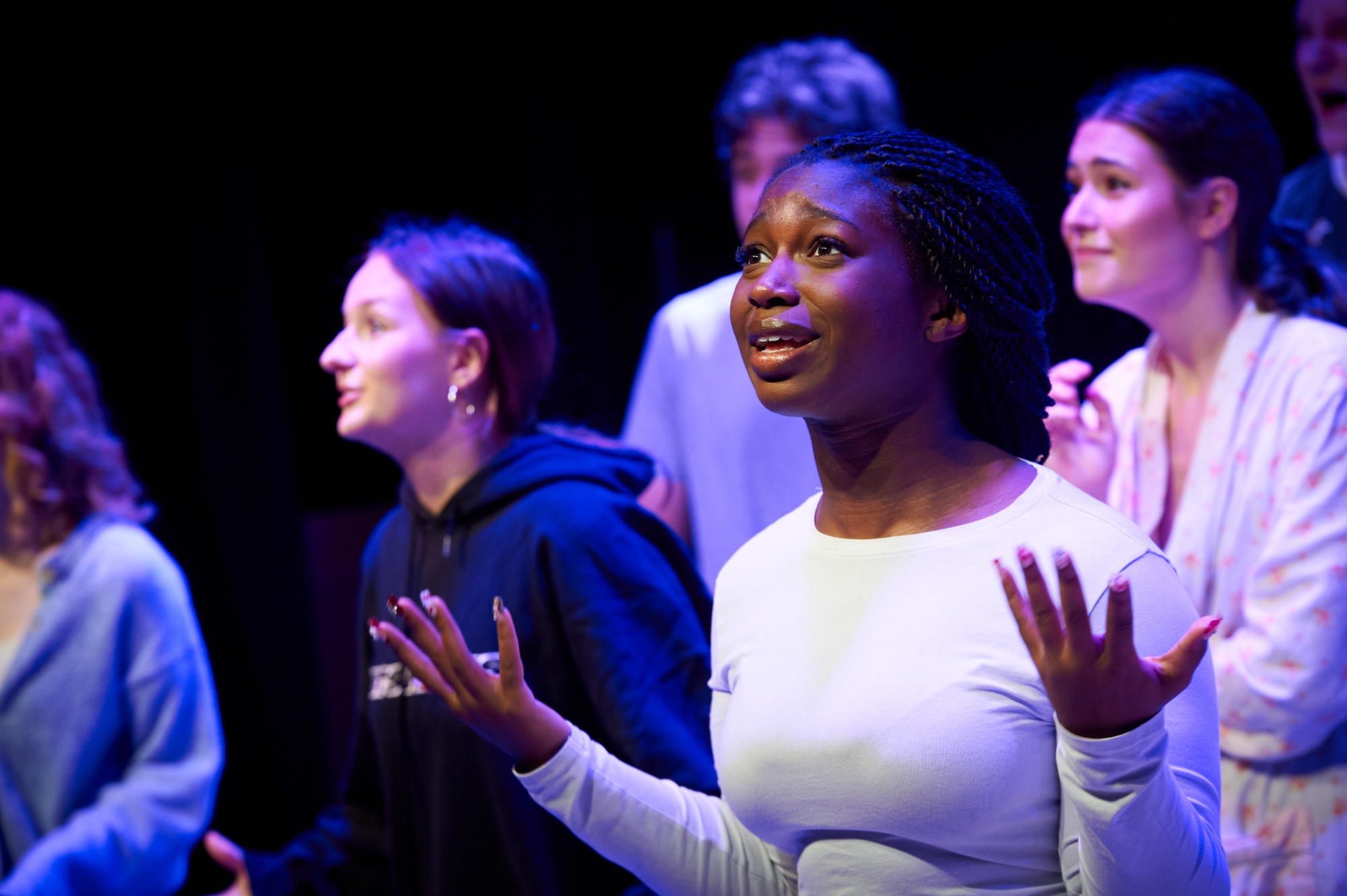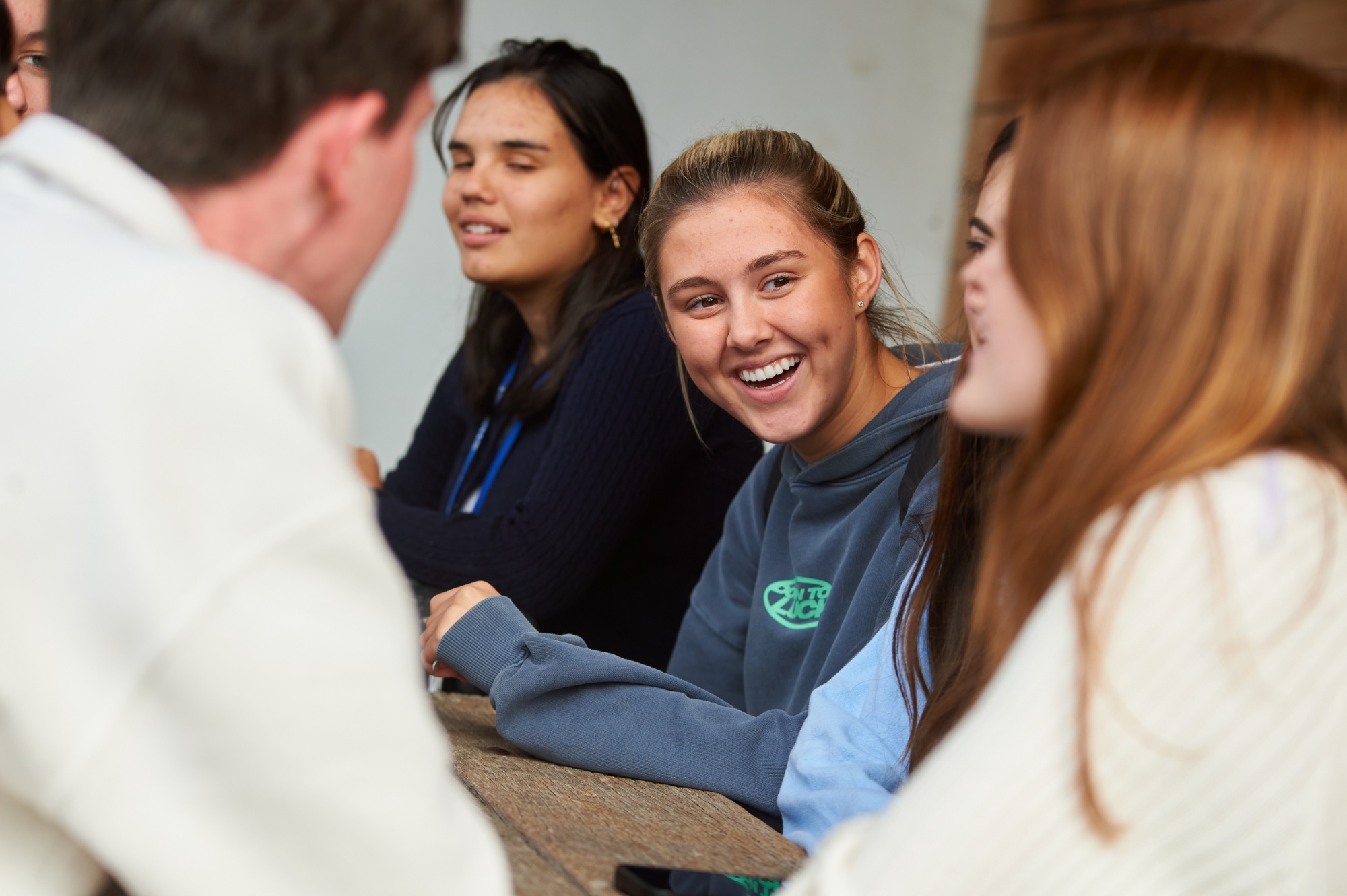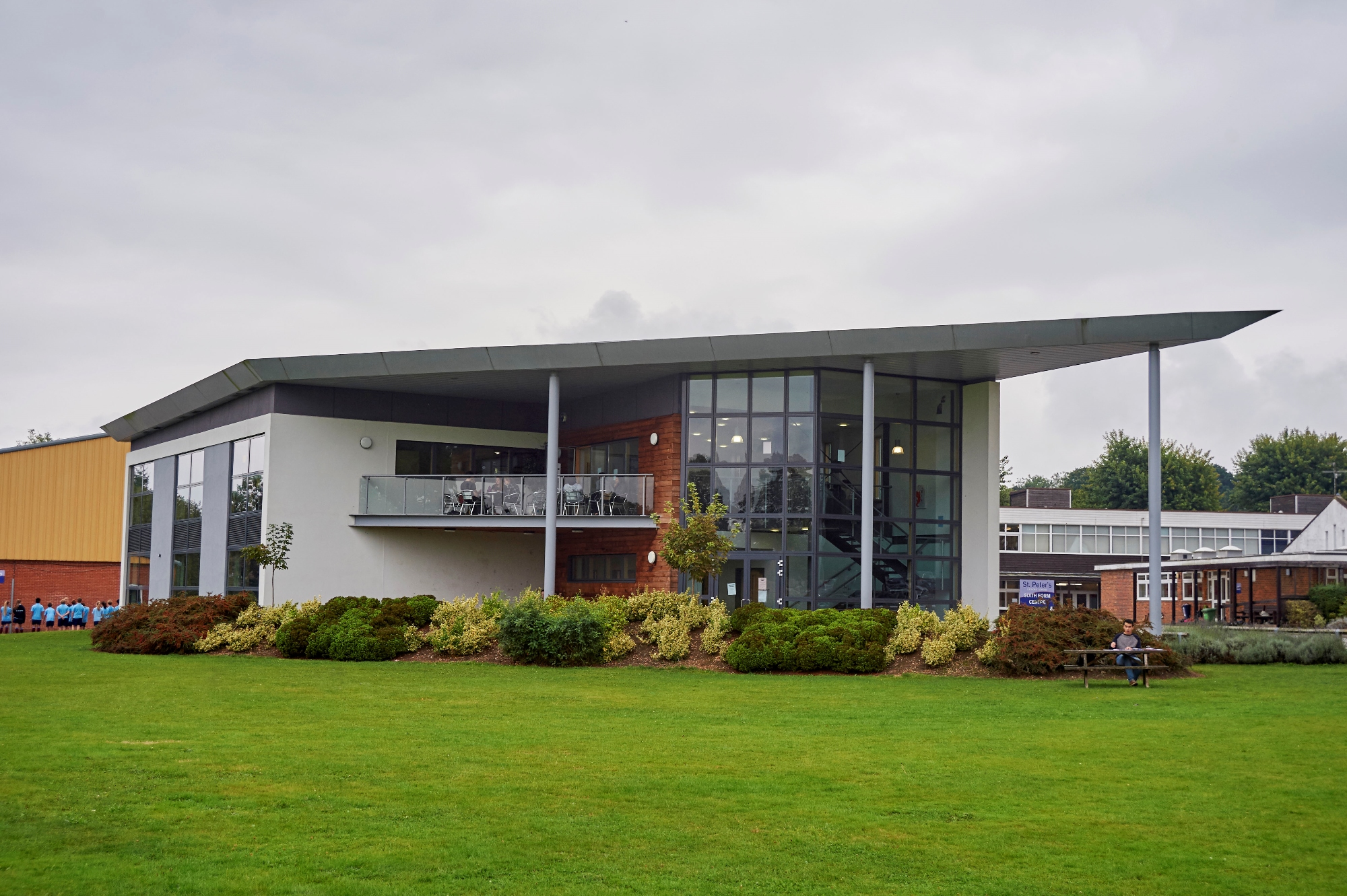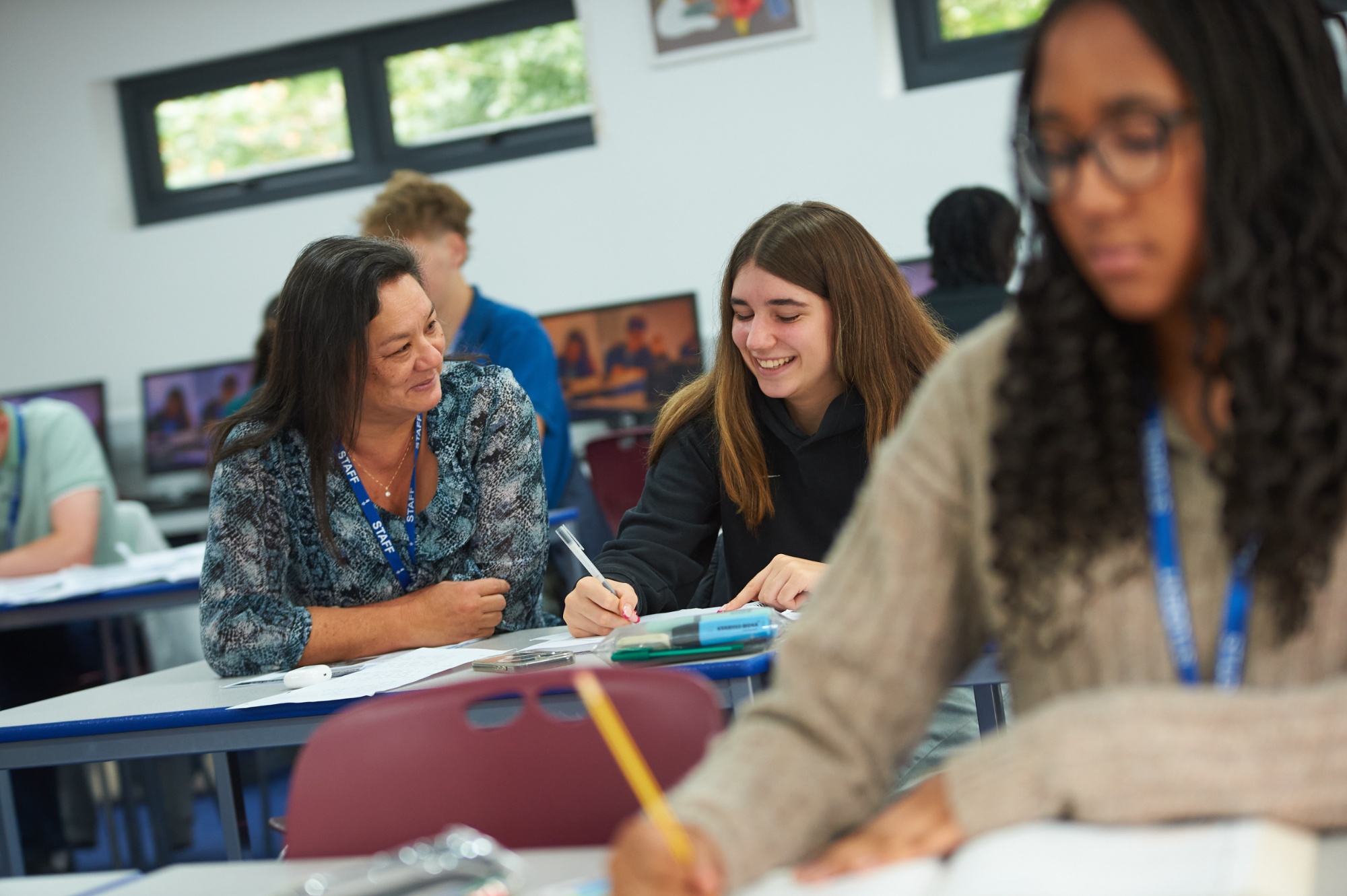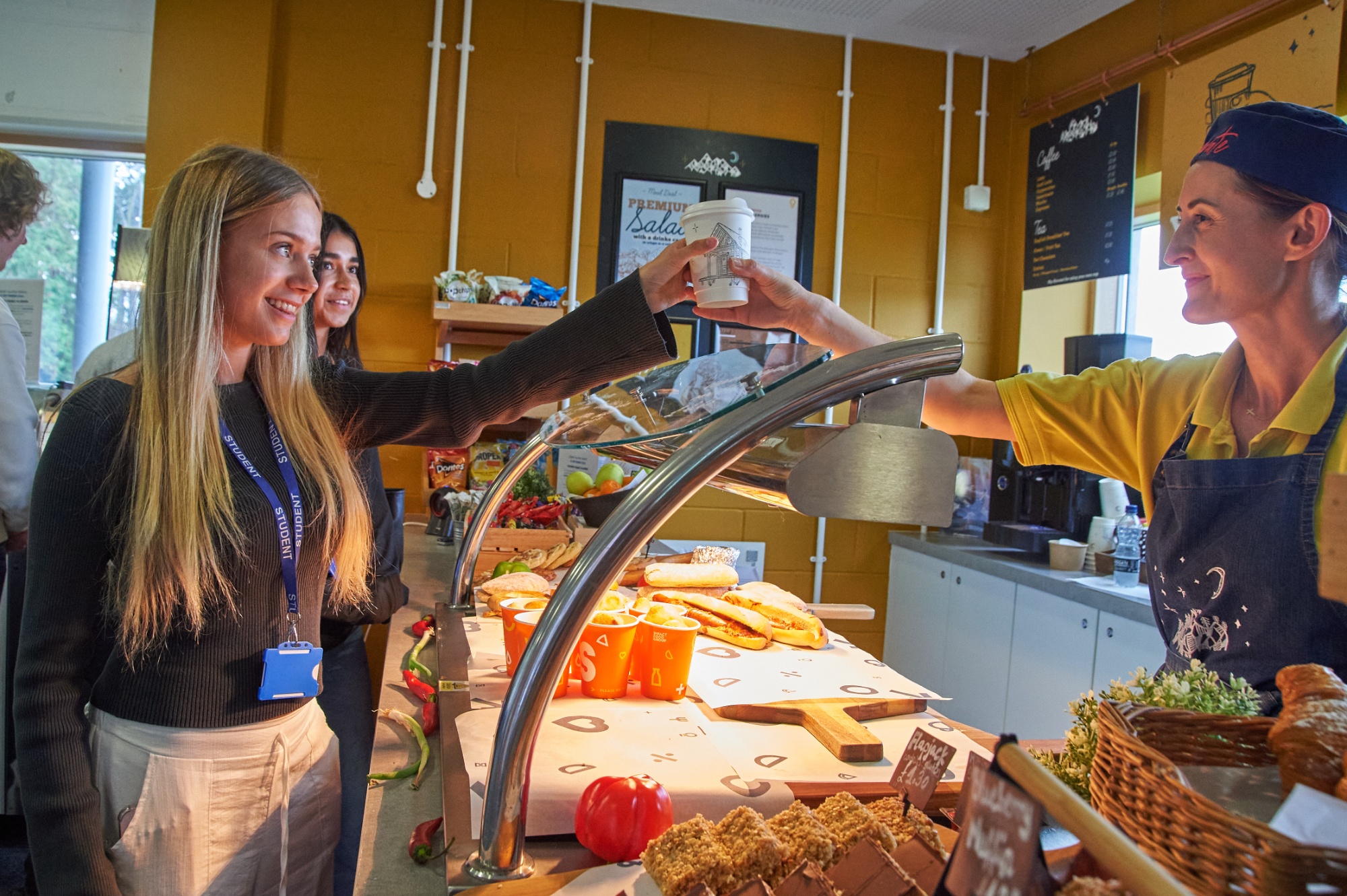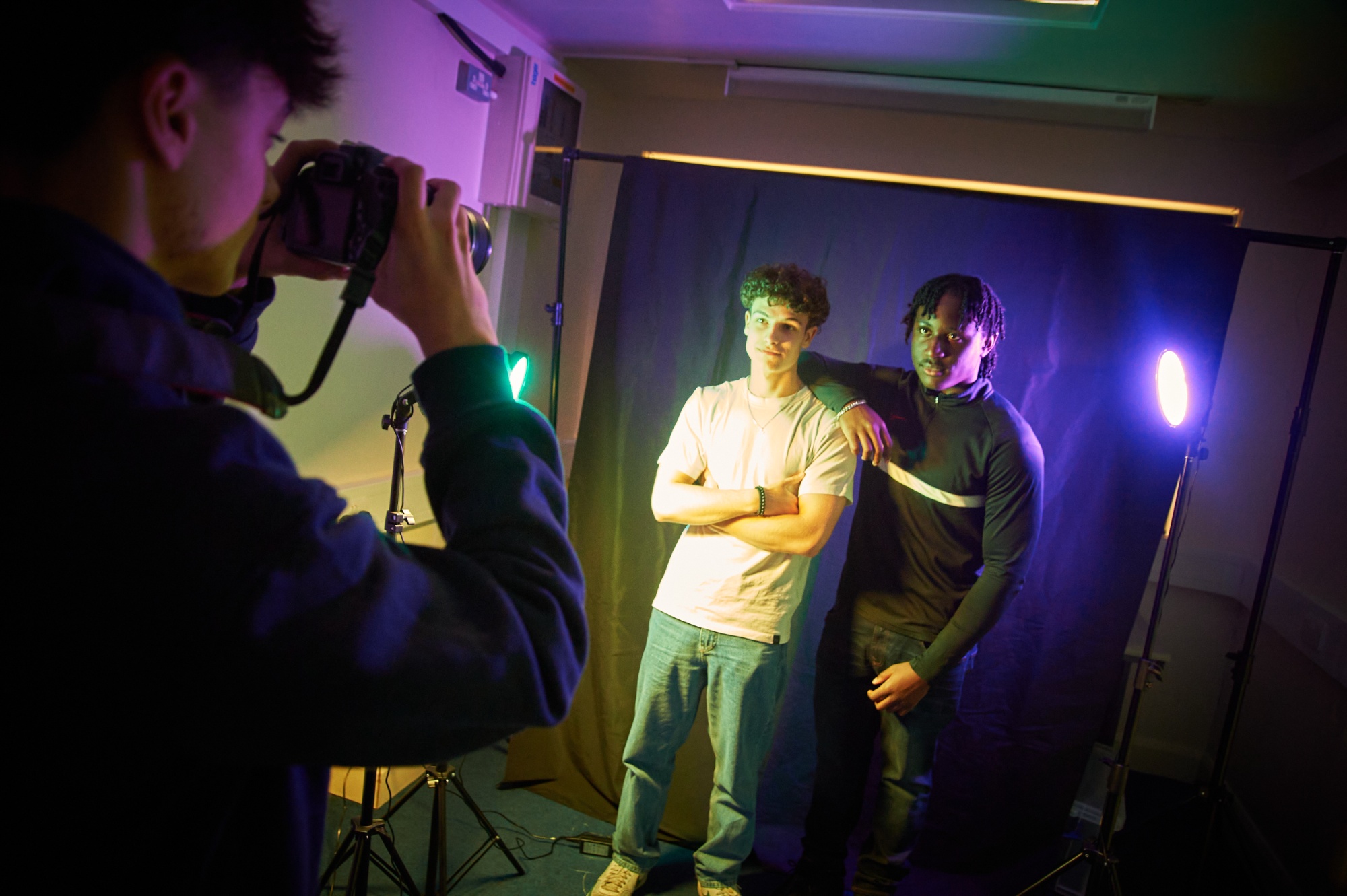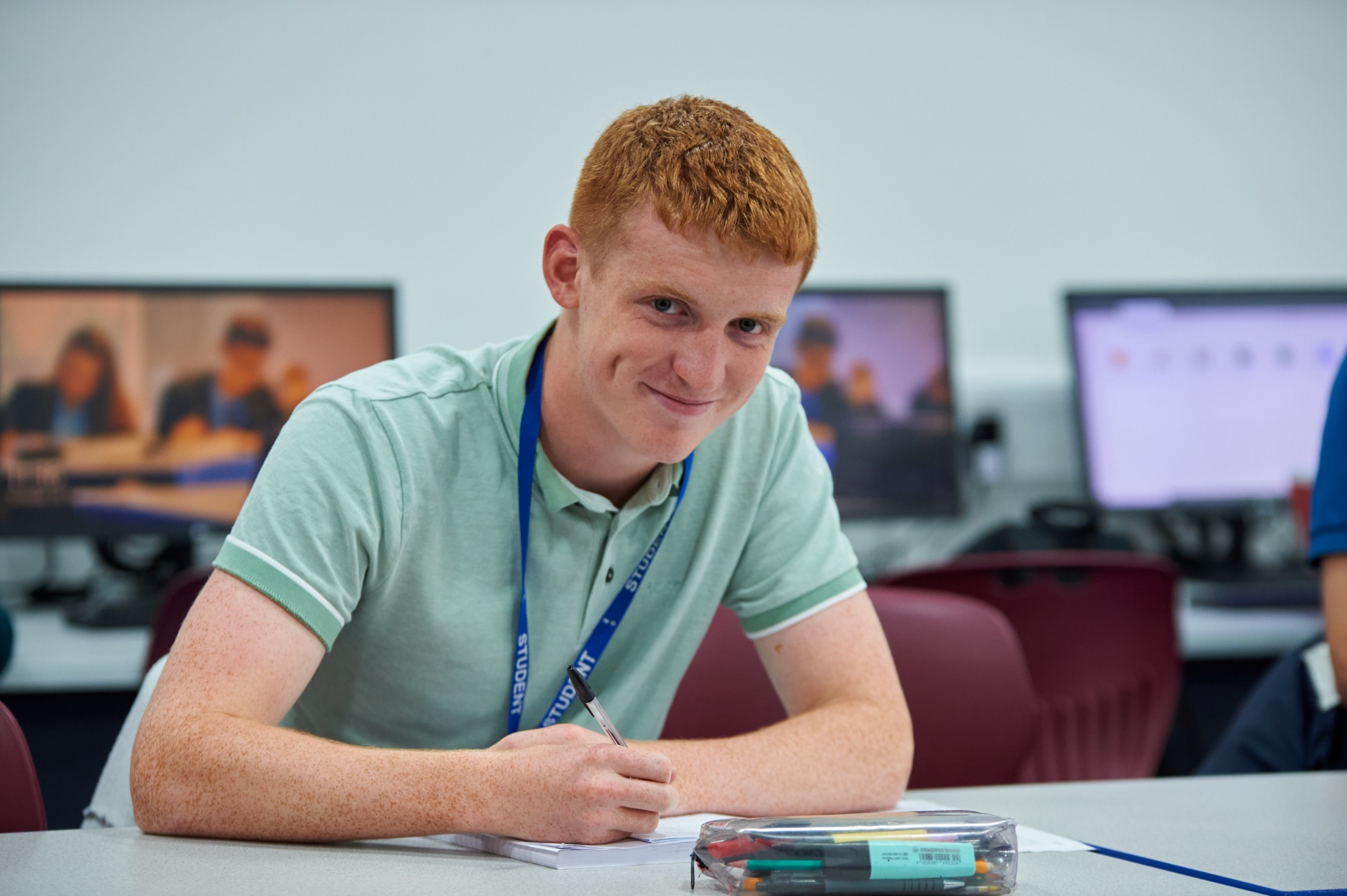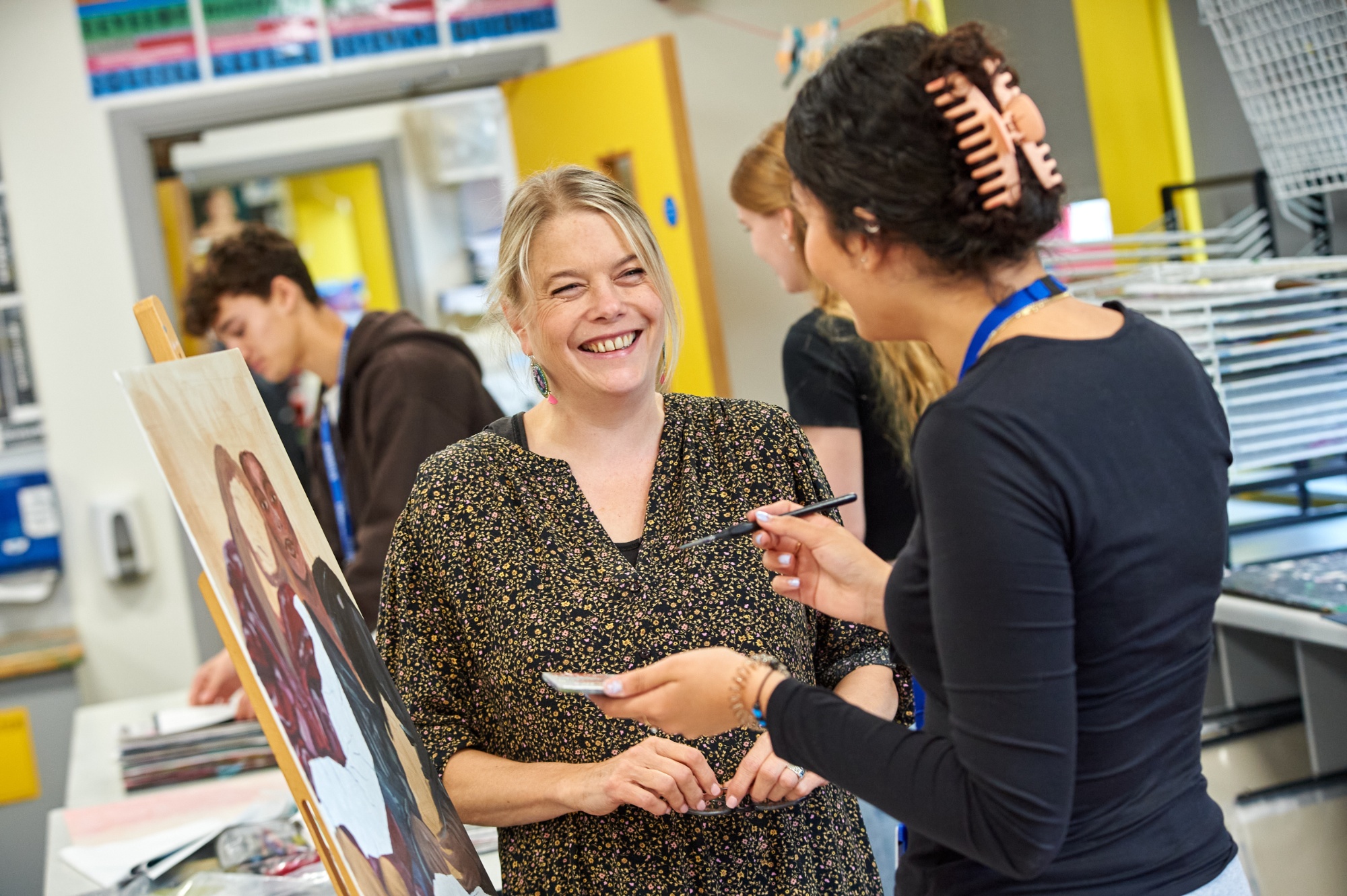Product Design
 Mr J Batt
Mr J Batt
Head of Design Technology
THE TEAM
| Mr T Miller | Headteacher and Teacher of Design Technology |
INTRODUCTION TO THE DEPARTMENT
Design, develop, and make innovative solutions for everyday products. You will study a combination of resistant materials, systems and control and textiles. Product designers use all materials and technology available to create designs solutions to problems.
Product Design is a suitable option for those wishing to pursue careers in design, architecture, fashion, electronics, engineering and interior design. You will study everyday products and what influences design.
Using this information as inspiration you will design your own products. Through making and modelling you will develop your practical skills. You will design using a range of new technologies including computer-aided design and manufacture.
WHY STUDY PRODUCT DESIGN?
Product Design is an exciting and challenging course that offers you the opportunity to study, design, develop and make innovative solutions for everyday products. You will study a combination of Resistant Materials, Systems and Control and Graphics. You will study everyday products and what influences design. Using this information as inspiration you will design your own products. Through making and modelling you will develop your practical skills. You will design using a range of new technologies including computer-aided design and manufacture.
FUTURE ACADEMIC AND CAREER PATHWAYS
Product Design is a suitable option for those wishing to pursue careers in design, architecture, fashion, electronics, engineering and interior design.
COURSE CONTENT
Students will be studying the AQA syllabus.
In Year 12 students begin work on the theory content that they need to know for their two exam papers at the end of Year 13. These exam papers add up to 50% of the students' A Level grade. The exam content covers a large range of different topics including materials and their properties; sustainability; design and engineering principles; how modern industry uses technology to function and produce; as well as study of existing designers and their work.
Our aim is for Year 12 students to complete all theory topics in the first year in order to devote more time in Year 13 to revision and the coursework element. The NEA (non-exam assessment), which is the coursework element of their course, makes up 50% of their A Level grade and carries through into Year 13. The NEA is a design and make challenge in which the students can study and design within a topic area of their choice. The final outcome is to produce a product they have designed and built in order to test their final idea.
In Year 13 the students mainly focus on the NEA task. This takes a large amount of work in developing and prototyping ideas. The students work through the NEA from September of Year 13 through to April. At two points in Year 13, students sit mock exams in the subject to work on their exam skills ready for their final exams in June of year 13. Intertwined with NEA work is revision and exam technique work to prepare them for this.
ASSESSMENT
Paper 1: Technical principles – written exam, 2 hours and 30 minutes, 30% of A Level. A mixture of short and
extended answer questions.
Paper 2: Designing and making principles – written exam, 1 hour and 30 minutes, 20% of A Level. A mixture of short and extended answer questions.
Non-examination Assessment: A substantial design and make project is 50% of A Level.
EXTRACURRICULAR OPPORTUNITIES
Students will have the opportunity to visit The Design Museum and the Victoria & Albert museum to consider past and present designs and the design process. The studying of the work of other designers and designs is a key element to studying product design.
COURSE REQUIREMENTS
Ideally, students will have attained a grade 5 in GCSE Design and Technology. However, if students have not completed a Design Technology GCSE, it may still be possible for them to take the A Level if they are prepared to complete some summer work before the start of the course. Students need to be able to think laterally and apply their knowledge in new situations.

